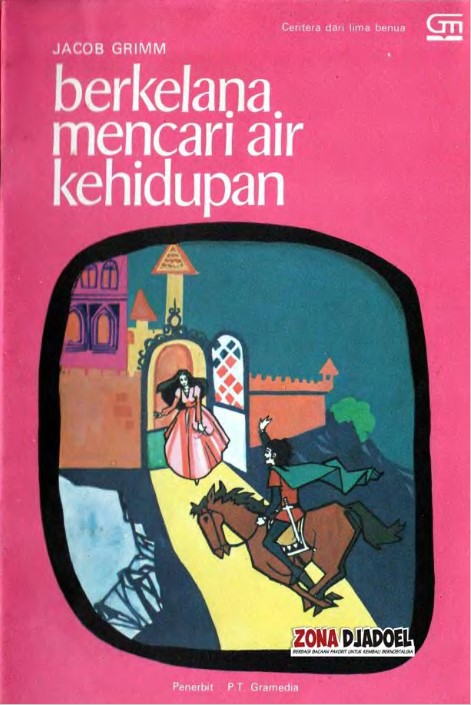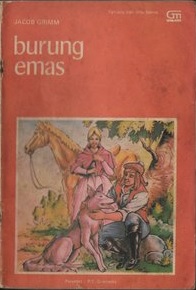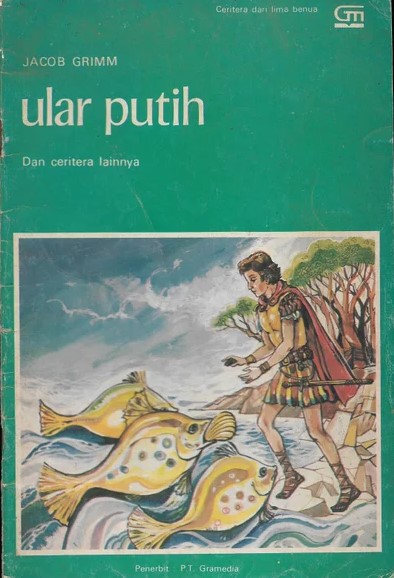
620 BC - 564 BC Tradition considers Greek fabulist Aesop as the author of Aesop's Fables , including "The Tortoise and the Hare" and "The Fox and the Grapes." This credited ancient man told numerous now collectively known stories. None of his writings, if they ever existed, survive; despite his uncertain existence, people gathered and credited numerous tales across the centuries in many languages in a storytelling tradition that continues to this day. Generally human characteristics of animals and inanimate objects that speak and solve problems characterize many of the tales. One can find scattered details of his life in ancient sources, including Aristotle, Herodotus, and Plutarch. An ancient literary work, called The Aesop Romance tells an episodic, probably highly fictional version of his life, including the traditional description of him as a strikingly ugly slave (δοῦλος), whose cleverness acquires him freedom as an adviser to kings and city-states. Older spellings of his name included Esop(e) and Isope. A later tradition, dating from the Middle Ages, depicts Aesop as a black Ethiopian. Depictions of Aesop in popular culture over the last two and a half millennia included several works of art and his appearance as a character in numerous books, films, plays, and television programs. Abandoning the perennial image of Aesop as an ugly slave, the movie Night in Paradise (1946) cast Turhan Bey in the role, depicting Aesop as an advisor to Croesus, king; Aesop falls in love with a Persian princess, the intended bride of the king, whom Merle Oberon plays. Lamont Johnson also plays Aesop the Helene Hanff teleplay Aesop and Rhodope (1953), broadcast on hallmark hall of fame. Brazilian dramatist Guilherme Figueiredo published A raposa e as uvas ("The Fox and the Grapes"), a play in three acts about the life of Aesop, in 1953; in many countries, people performed this play, including a videotaped production in China in 2000 under the title Hu li yu pu tao or 狐狸与葡萄 . Beginning in 1959, animated shorts under the title Aesop and Son recurred as a segment in the television series Rocky and His Friends and The Bullwinkle Show, its successor. People abandoned the image of Aesop as ugly slave; Charles Ruggles voiced Aesop, a Greek citizen, who recounted for the edification of his son, Aesop Jr., who then delivered the moral in the form of an atrocious pun. In 1998, Robert Keeshan voiced him, who amounted to little more than a cameo in the episode "Hercules and the Kids" in the animated television series Hercules. In 1971, Bill Cosby played him in the television production Aesop's Fables. British playwright Peter Terson first produced the musical Aesop's Fables in 1983. In 2010, Mhlekahi Mosiea as Aesop staged the play at the Fugard theatre in Cape Town, South Africa.
Series
Books

The Big Book of Fables
1912
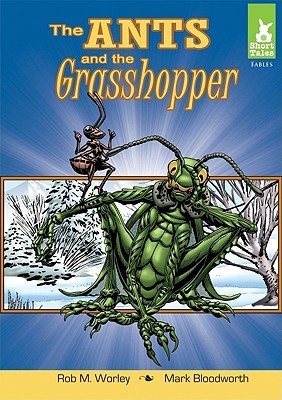
Ants and the Grasshopper
1995

The Ant and the Grasshopper
2019

Aesop's Fables
2014
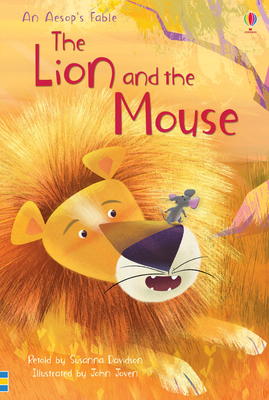
The Lion and the Mouse
2019

The Aesop for Children
1919
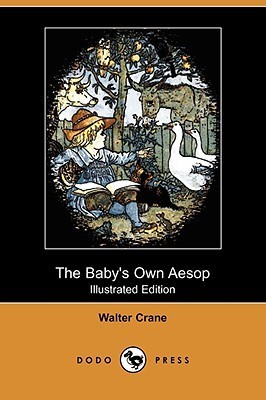
The Baby's Own Aesop
1887
The Ant and the Dove
An Aesop Tale Retold
1989

Aesop’s Fables
NaN

Treasury of Aesop's Fables
1973
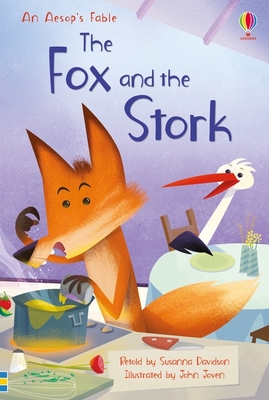
The Fox and the Stork
2020

Ezop Masalları
2020

Aesop's Fables
2003

Lessons from the Lion, the Ox and their little friends (illustrated)
2012
![]The Lion and the Mouse book cover](https://images-na.ssl-images-amazon.com/images/S/compressed.photo.goodreads.com/books/1677794811i/3595246.jpg)
]The Lion and the Mouse
1989

The Complete Harvard Classics 2021 Edition - ALL 71 Volumes
The Five Foot Shelf & The Shelf of Fiction
1722

Aesop's Fables
A New Translation
1975

Aesop's Illustrated Fables
2013

The Boy Who Cried Wolf
2008

The Classic Treasury of Aesop's Fables
2007

Aesop’s Fables
2023
The Hare and the Tortoise
1982

The Hare and the Tortoise
2007

The Fox and the Crow
2020

Favole. Ediz. speciale
1
2016
The Town Mouse and the Country Mouse
2020
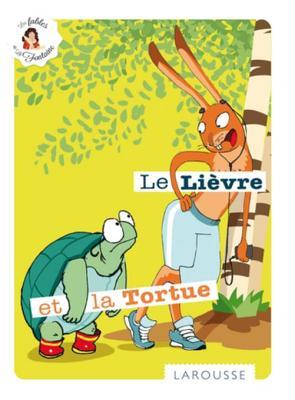
The tortoise and the hare
1979

Le favole di Esopo
2014

Aesop's Fables - Book 1
80 Short Stories for Children - Illustrated
2010
The Exploding Frog and Other Fables from Aesop
1982

Aesop's Fables
2012

What The Fox Learnt
Four Fables from Aesop
2011

The Dolphins, the Whales and the Gudgeon
2025

The Boy Who Cried Wolf and The Goose That Laid the Golden Eggs
2002

The Country Mouse and the City Mouse
Yellow Level
2004
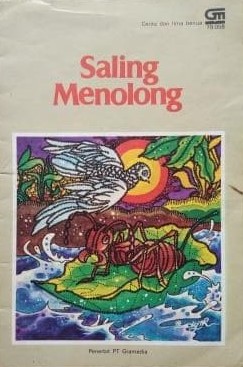
Saling Menolong
1979


